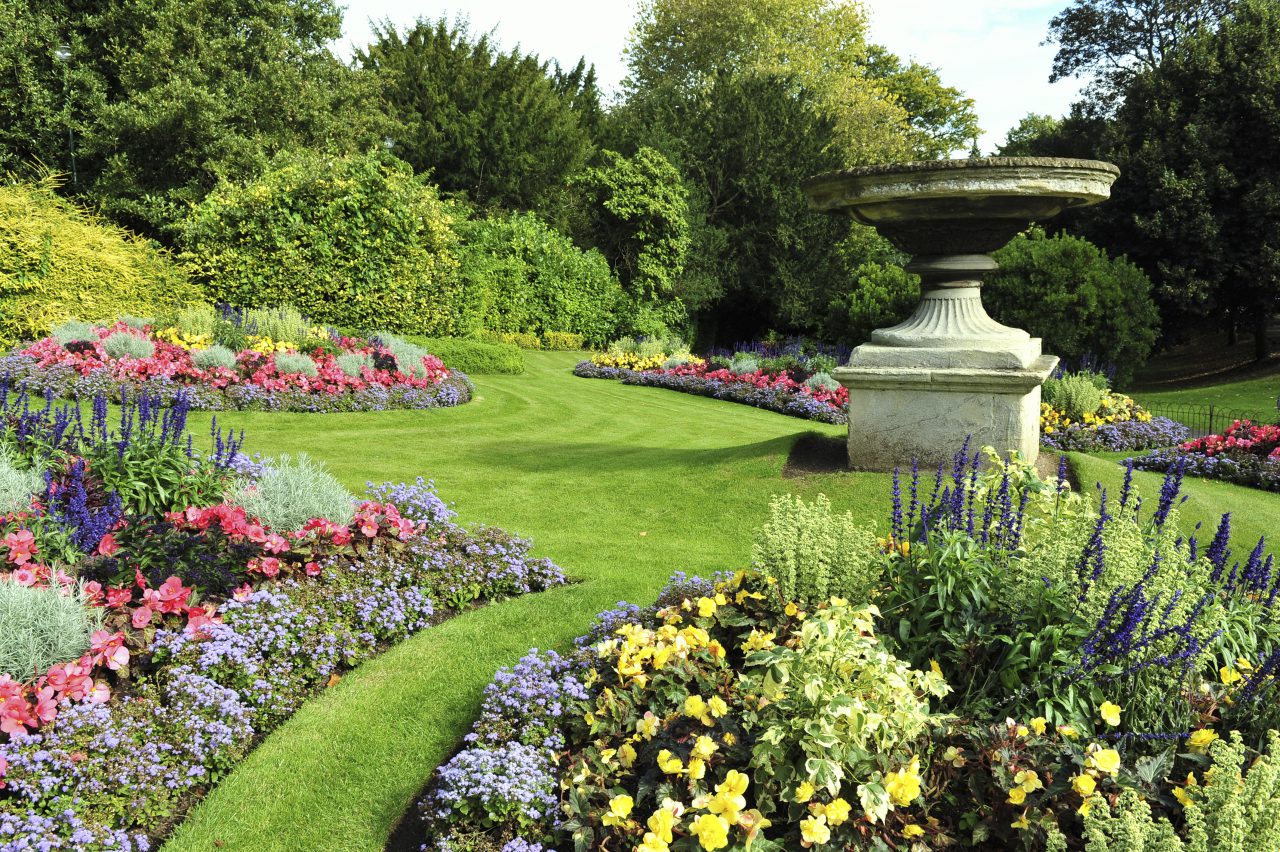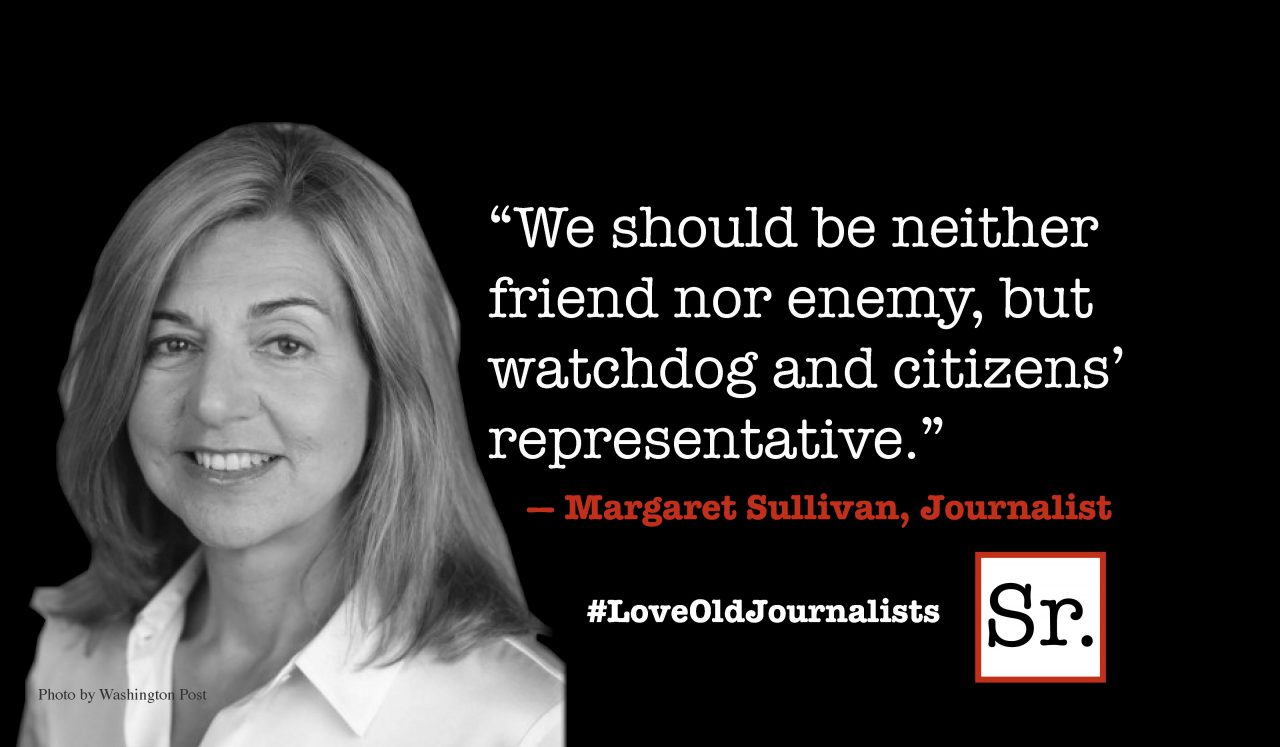Recently I had reason to research the garden at Malmaison, the country estate of the Empress Joséphine. While I knew the garden no longer existed, I was stunned to discover that almost immediately upon her death it fell victim to neglect and vandalism. Today, our only means of reconstructing the garden are by perusing written accounts or viewing the botanical illustrations of her roses by Pierre-Joseph Redouté.
While Malmaison was justifiably famous for its roses, the estate offered more than just a rose garden. It also served as a botanical park for scientific experimentation. Surrounding herself with botanists and artists, Joséphine used her extensive contacts to amass collections of rare plants from all over the world. Clearly, the lady was more than just a frivolous plaything of an ambitious consul-cum-emperor.
She loved roses, and her rose collection was considered the finest in France. At the time the French didn't appreciate roses, but this soon changed because of Malmaison. Aiming to have a specimen of every rose known at the beginning of the 19th century, Joséphine spread her roses across the 42-acre garden. Throughout her retirement at Malmaison, France and England were constantly at war. This was a just trifling nuisance for Joséphine, for she continued to purchase roses from Lee & Kennedy Vineyard Nursery in London. The English naval commanders had orders to permit ships carrying Joséphine's roses to go through the blockade. In all, she amassed 250 different species and varieties of roses at Malmaison.
Sadly, the Malmaison garden is no more. This got me wondering whether any of our gardens would survive us. I fear that most of our gardens will suffer the same fate. It is only endowed gardens — such as Longwood in Philadelphia or Montrose in Hillsborough, N.C. — that will remain, although in different hands they too will change.
The reasons for the destruction of our gardens are many. In some cases the land is too valuable not to subdivide it. The garden then becomes a luxury no longer sustainable. In other cases, a garden may be too extensive to maintain properly. A friend of mine had a significant garden that followed a familiar pattern: When she sold her house to a builder, he immediately bulldozed the garden, covering it with turf because, as he explained to my friend, it would sell quicker that way. Of course, she was heartbroken, but the house did sell quickly.
My point is — and this is incomprehensible to any dedicated gardener — there are people who don't want to garden, who neither welcome the first Camellia sasanqua blooms in autumn nor cheer on the last Camellia japonica to flower in the spring. Maintaining a garden takes work and dedication. Think of all those weeds that must be pulled continually. And gardening requires money, whether in terms of labor or the cost of purchasing plants and mulch. The sad fact is that some people will like the house while not appreciating the garden.
Perhaps the new home owners have every intention of keeping up with the garden, but life has a funny way of intervening. Maybe work takes them away from home. Or maybe they have a baby — and those who've heard me preach know I say babies and gardens don't mix. Both are time-consuming; both are demanding. It's difficult to watch a garden and a baby at the same time. Sooner or later, one goes — and society deems it better to give up the garden than the baby.
The style of my particular garden is what I describe as "organized chaos." My design philosophy falls into the "Ah, there's a space and here's a plant I need to put somewhere!" Mine is not a "decide beforehand and plant accordingly" approach. Last spring without thought I managed to put a large Echinacea purpurea in front of the much smaller Echinacea purpurea "Kim's Kneehigh." The arrangement did look silly and out of place, but both plants thrived, so who am I to displace happy plants? The next owner will likely look at this foolish arrangement, chide the ridiculous gardener who made this classic mistake, and change the pattern thereby changing the garden.
And that is the point I'm trying to make: Future gardeners — if they want to maintain the garden at all — will change things. They will place perennials bearing orange blooms where you'd put pink ones. They will shape the evergreens or replace the camellias with boxwoods. Perhaps they will be grass worshipers, desiring a green expanse in lieu of misbehaving perennials. In any case, they will probably opt for something other than organized chaos.
To avoid change one must either endow the garden or let go the reins. Most of us don't have Malmaisons worthy of endowments, so we have to admit the garden is no longer ours.
And that is basically the difference between a baby and a garden. We never let go of the baby even when that baby has his own college-age babies; whereas there comes a time when we have to let go of the garden baby. It is part of the pattern we call life.









